Technological Innovations
Technological innovations are reshaping the Muconic Acid Market, enhancing production efficiency and reducing costs. Advances in fermentation technology and synthetic biology are enabling the development of more efficient pathways for muconic acid synthesis. These innovations not only improve yield but also lower the environmental impact of production processes. As a result, companies are likely to invest in these technologies, potentially increasing the market size by 10% annually. The integration of cutting-edge technologies is expected to drive competitiveness within the Muconic Acid Market, attracting new players and fostering collaboration.
Sustainability Initiatives
The Muconic Acid Market is experiencing a notable shift towards sustainability initiatives. As environmental concerns intensify, industries are increasingly seeking eco-friendly alternatives to traditional petrochemical products. Muconic acid, derived from renewable resources, presents a viable solution for producing bioplastics and biofuels. The market is projected to grow as companies align their operations with sustainable practices, potentially increasing demand for muconic acid by approximately 15% over the next five years. This trend not only supports environmental goals but also enhances brand reputation, making sustainability a key driver in the Muconic Acid Market.
Rising Demand in Bioplastics
The Muconic Acid Market is significantly influenced by the rising demand for bioplastics. As consumers become more environmentally conscious, the shift towards biodegradable materials is accelerating. Muconic acid serves as a precursor for the production of polyamides and other bioplastics, which are gaining traction in various sectors, including packaging and automotive. Recent estimates suggest that the bioplastics market could reach USD 20 billion by 2026, with muconic acid playing a crucial role in this growth. This increasing demand for sustainable materials is likely to propel the Muconic Acid Market forward.
Government Regulations and Support
Government regulations and support are increasingly influencing the Muconic Acid Market. Many governments are implementing policies that promote the use of bio-based chemicals and sustainable practices. Incentives for research and development in green chemistry are encouraging companies to explore muconic acid as a viable alternative to conventional chemicals. This regulatory support is expected to enhance market growth, with projections indicating a potential increase in muconic acid production capacity by 20% over the next few years. Such government initiatives are likely to play a pivotal role in shaping the future of the Muconic Acid Market.
Expanding Applications in Pharmaceuticals
The Muconic Acid Market is witnessing an expansion in applications within the pharmaceutical sector. Muconic acid is recognized for its potential in synthesizing various pharmaceutical compounds, including antibiotics and anti-inflammatory agents. As the pharmaceutical industry continues to innovate, the demand for muconic acid is expected to rise. Recent data indicates that the pharmaceutical market is projected to grow at a CAGR of 5% through 2027, with muconic acid contributing to this growth. This expanding application base is likely to serve as a significant driver for the Muconic Acid Market.


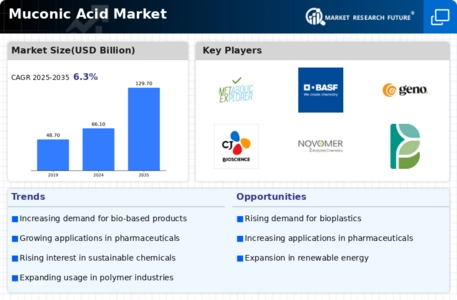
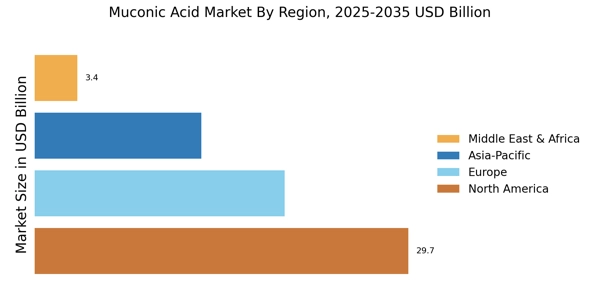


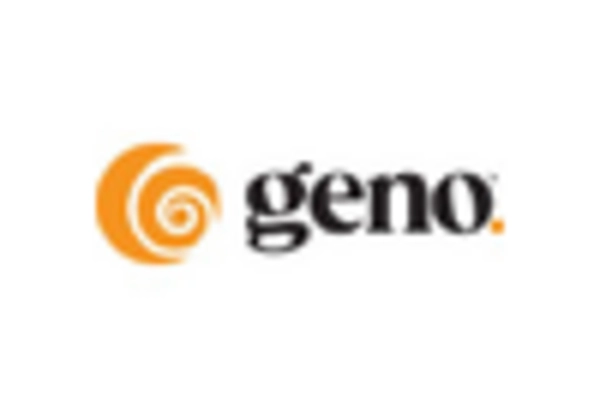

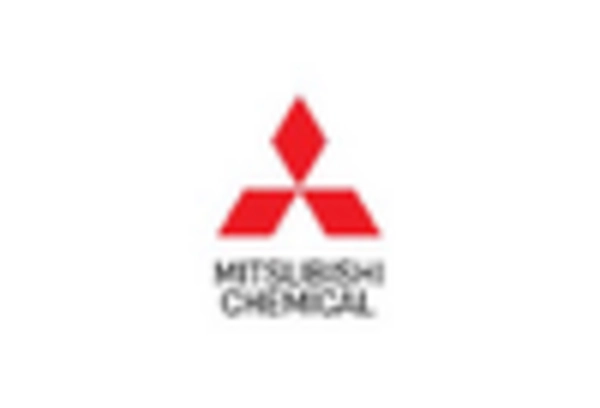
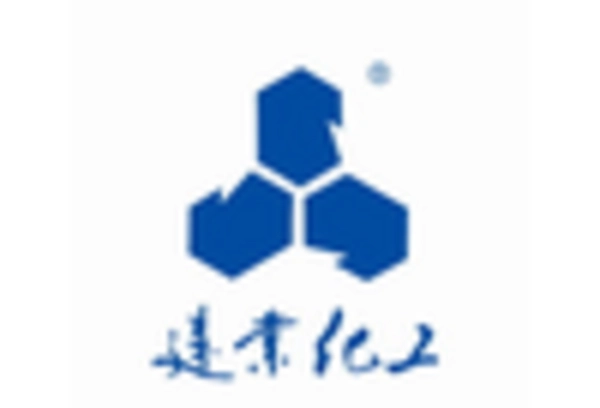








Leave a Comment